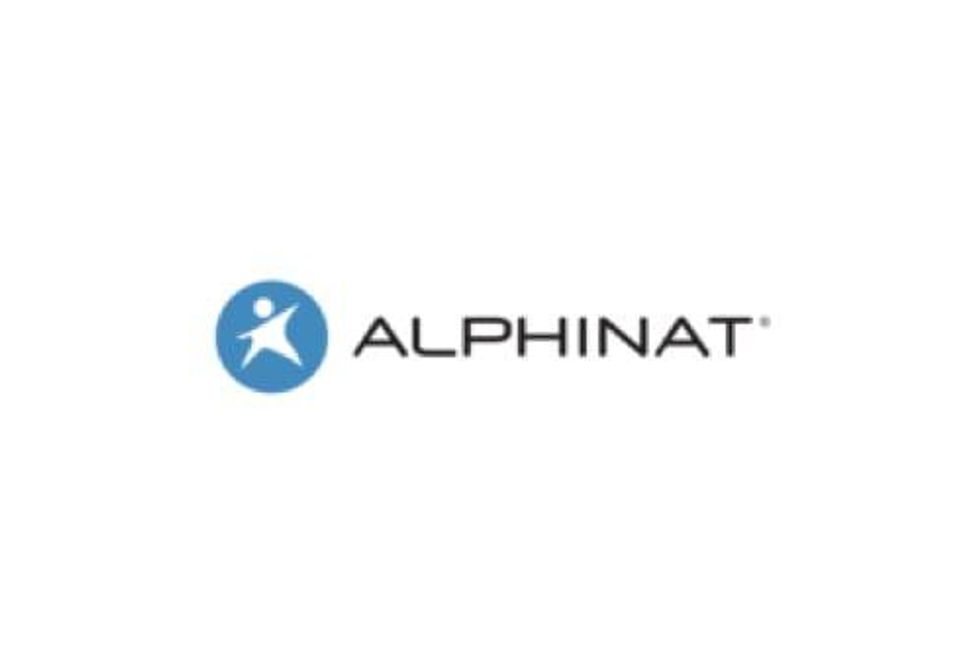Nokia CTO: 5G Networks are the Nerve System of the Future

Marcus Wheldon, CTO at Nokia, explained why 5G is accelerating the fourth industrial revolution and how it will impact people’s daily lives.
Imagine using augmented reality (AR) to deeply learn any topic in real time from the comforts of your home. Once a plot point from “The Matrix,” it is becoming a closer reality on a daily basis as 5G networks are rapidly integrated.
During a short presentation at this year’s online Collision conference, Marcus Wheldon, CTO at Nokia (NYSE:NOK), spoke about 5G and the ways it is accelerating the fourth industrial revolution.
Describing an AR knowledge overlay outfitted on everything, Wheldon talked about the ability to have “perfect knowledge.”
“I think being perfectly augmented is the one (5G aspect) that I like to focus on,” he said. “That I will become a superhuman in some ways. Not by putting on a suit and growing muscles and laser beams coming out of my eyes or whatever it is, but by having access to perfect knowledge.”
When asked if this would lead to the singularity, a hypothetical point in time when machines become smarter than humans, he was clear it would not. Wheldon pointed out that he prefers the idea of augmentation, or assistance using a machine, to the scarier singularity concept.
“If you think about the (main) problem confronting humanity in terms of data and information, it is an overwhelming deluge of data and information,” said Wheldon, who is also president of Nokia Bell Labs.
“There’s something called the Buckminster Fuller Knowledge-doubling Curve,” he added. In a 1982 book, Buckminster Fuller suggested that until 1900, knowledge had doubled every century; at the time he was writing, the doubling rate had increased to every 18 months.
According to Wheldon, knowledge is now doubling at a staggering rate of every 12 hours. Meanwhile, human capabilities to absorb this massive influx of data have not increased.
He then referenced the Ebbinghaus Forgetting Curve. This theory states that humans forget learned knowledge in only days or weeks if the new information isn’t reviewed consistently.
Wheldon believes artificial intelligence (AI), AR and 5G will come together to allow humans to absorb, interpret and then deploy new information.
“So if you think of that as the perfect setup, the only way that works is this incredibly reliable, high-performance fabric that connects human, machine and AI systems. And that’s the 5G network. So yes, it’s the nerve system of the future,” said Wheldon.
How 5G is reshaping the workspace
AR may seem like the fodder of science fiction, but there are many ways 5G is already impacting our lives. Especially in the last few months of growth due to the spread of the coronavirus.
As countries locked down in March, the majority of the global workforce switched to working from home. The shift was widely facilitated by enlarging 5G networks.
“But what I think COVID-19 has taught us is that fundamentally, all businesses need the ability to remotely optimize themselves over a digital media,” Wheldon told listeners.
Since March, remotely “controlling, managing, diagnosing, operating on, interacting with and having an expert at a distance” have become part of our daily routines.
The transition to work-from-home software and programs has not been seamless, but it has proven to be efficient. These technologies will only be made more useful and harmonious as 5G-enabled AR and virtual reality systems become mainstream, according to the Nokia CTO.
The mining sector is one space that is presently utilizing 5G to advance. “Mining has been in the vanguard of automation because of the perilous nature of the mining task,” said Wheldon.
He went on to explain that autonomous vehicles programmed to drive the roads in and out of open-pit mines reduce the chance of human injury or error.
Other areas, like offshore oil rigs and energy-generation systems, as well as agriculture, will all benefit from the functionality that 5G-enabled remote access provides.
“It’s this massive amount of efficiency that could be improved,” he said. “I love the phrase ‘necessity is the mother of invention.’ The ones that have led industrially are the ones where there’s the greatest need.”
Don’t forget to follow us @INN_Resource for real-time updates!
Securities Disclosure: I, Georgia Williams, hold no direct investment interest in any company mentioned in this article.
